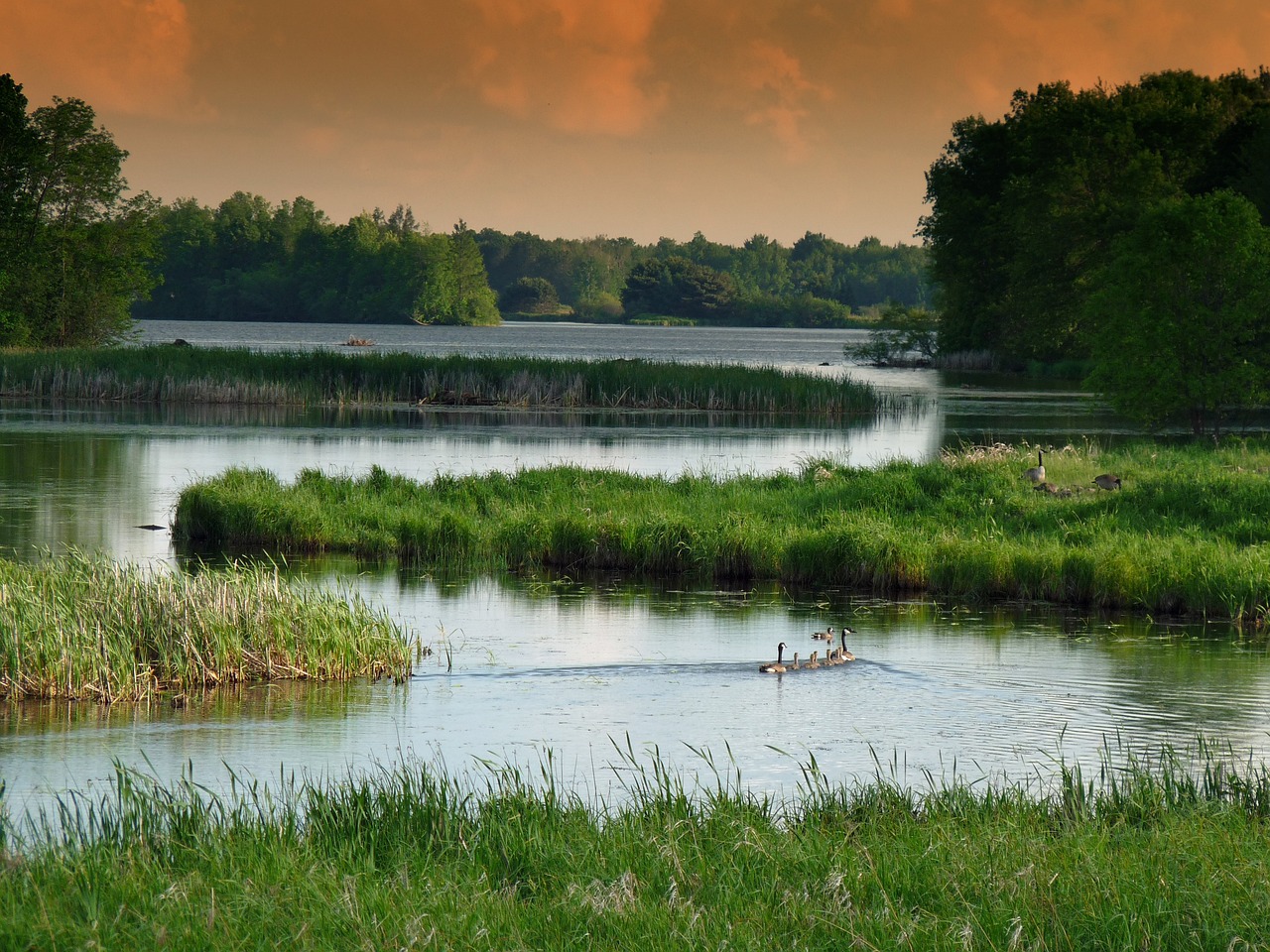Wetlands are complex ecosystems that play a crucial role in maintaining the health and balance of the natural world. They are known for their high levels of water, either permanently or seasonally, and their diverse array of plant and animal life. Wetlands can be found all over the world, and come in many different forms such as swamps, marshes, bogs, and fens.
Table of Contents
ToggleImportance of Wetlands
Wetlands provide a range of important ecological, economic, and cultural benefits. They serve as natural filters, helping to remove pollutants and excess nutrients from the water. This process helps to maintain the quality of surface and ground water and prevents harmful algal blooms and oxygen depletion.
Wetlands also provide habitat for a wide range of plant and animal species, many of which are threatened or endangered. These areas are particularly important for migratory birds, providing crucial stopovers for rest and feeding during their long journeys.
In addition, wetlands have significant economic value as they provide a source of water for agriculture, forestry, and industry. They are also used for recreation, such as fishing and birdwatching, which provide important economic benefits to local communities.
Types of Wetlands
There are three main types of wetlands: marshes, swamps, and bogs.
Marshes are wetlands that are dominated by herbaceous plants, such as cattails, reeds, and rushes. They are often found along the edges of lakes, rivers, and coastal areas, and are known for their high levels of productivity and biodiversity.
Swamps are wetlands that are dominated by woody vegetation, such as cypress and tupelo trees. They are found in low-lying areas, often near rivers and along the coast, and provide important habitat for a variety of species, including alligators, river otters, and a wide range of birds.
Bogs are wetlands that are dominated by peat-forming plants, such as Sphagnum moss. Bogs are found in cold, northern climates, and are characterized by their acidic water and low levels of nutrients. Despite their harsh conditions, bogs support a unique and diverse range of plant and animal species, including carnivorous plants such as Venus flytraps and pitcher plants.
Threats to Wetlands
Unfortunately, wetlands are facing many threats, both from natural and human-caused changes. Rising sea levels and changing precipitation patterns are causing some wetlands to shrink or disappear completely. Human activities, such as agriculture, forestry, and urbanization, also pose significant threats to these important ecosystems.
In addition, many wetlands have been drained or filled for development or agriculture, destroying valuable habitat and altering the natural water balance. Climate change is also causing sea levels to rise, which is leading to the loss of coastal wetlands and threatening the survival of species that depend on these habitats.
Conservation and Management of Wetlands
To ensure the survival of wetlands and the species that depend on them, it is important to implement effective conservation and management strategies. This can include protecting wetlands from further degradation and development, restoring degraded wetlands, and promoting sustainable use of wetlands for economic and recreational purposes.
In addition, it is important to educate the public about the importance of wetlands and the threats they face. This can include public outreach and education programs, as well as scientific research to better understand these complex ecosystems and the species that depend on them.
Conclusion
In conclusion, wetlands are complex ecosystems that play a crucial role in the natural world. They serve as habitats for a wide range of plant and animal species, filter pollutants from water, reduce flood damage, and store carbon, among other important functions. Understanding wetlands is essential to preserving these valuable habitats and the benefits they provide. By appreciating their unique qualities and taking steps to protect and conserve wetlands, we can ensure a better future for both the environment and humankind.








1 thought on “Understanding Wetlands: An Overview”
Pingback: Peat Bogs: Restoring Them Could Slow Climate Change